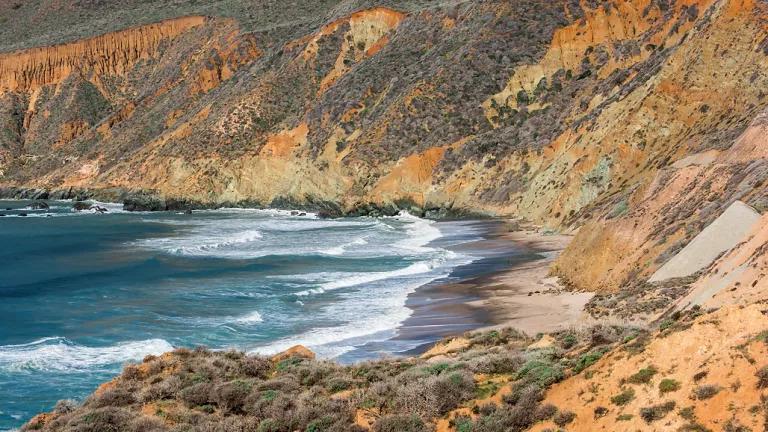Today NRDC, together with the National Wildlife Federation, filed a petition with the federal government that, if granted, will improve the way states plan for the water-related impacts of climate change – saving money, property, and lives in the process.
Climate change poses a serious threat to Americans’ water resources, particularly with regard to water-related natural disasters like flooding and drought. Changes in precipitation patterns have already been observed across the country: heavy downpours have become more frequent and more intense, while droughts are also occurring more often in many areas. In fact, this July the U.S. Department of Agriculture declared that more than 1,000 counties in 26 states were drought disaster areas – the largest such declaration in history.
The risks of these natural hazards will only increase as climate change intensifies. According to the U.S. Global Change Research Program, it’s likely that floods and drought will become more common as regional and seasonal precipitation patterns change. Rainfall events will become more concentrated, with longer, hotter dry periods in between. Sea level rise due to climate change will make flooding worse in coastal areas as well.
And these impacts aren’t going to affect just a couple of states. As a recent NRDC study shows, a third of all counties in the continental U.S. will face high risks of water shortages and drought by mid-century as a result of global warming.
It’s critically important that states plan ahead for these impacts. Natural disasters may not be entirely avoidable, but smart planning can save both money and lives by making sure that communities are prepared. The federal government has found that every dollar it spends on hazard mitigation (in other words, preparation and planning) provides the nation with about four dollars in future benefits.
On the other hand, when communities fail to fully prepare for future disasters, at best, they lose the opportunity to invest their resources in the most effective strategies. At worst, they put lives and property at risk.
Yet the federal government – specifically, the Federal Emergency Management Agency (FEMA) – does not currently ensure that states consider the impacts of climate change in their “hazard mitigation plans.” Under the Stafford Act (a federal law that governs disaster preparedness and recovery efforts), states prepare these plans in order to be eligible to receive hazard mitigation funding from FEMA. The law sets out requirements for what the plans have to contain. One of the required plan elements is an analysis of all natural hazards that can affect the state.
So why is FEMA approving state plans that don’t consider the impacts of climate change on natural hazard risks? Approving insufficient plans doesn’t just violate the Stafford Act – it makes no sense. If states are receiving federal funds for their disaster mitigation efforts, national taxpayers have a right to demand that the states engage in thoughtful planning that takes all potential hazards into account.
Since FEMA isn’t enforcing the requirement for states to consider climate change impacts, only a couple of states have voluntarily done so. Connecticut and California are two of them. But the vast majority of state plans either underestimate or completely ignore the effect that climate change will have on their flooding and drought risks.
That’s why NRDC is petitioning FEMA to comply with its legal duty to require consideration of climate change in state hazard mitigation plans. Preparing for more frequent and intense floods and droughts is a legal requirement, and more importantly, it’s just the smart thing to do.




